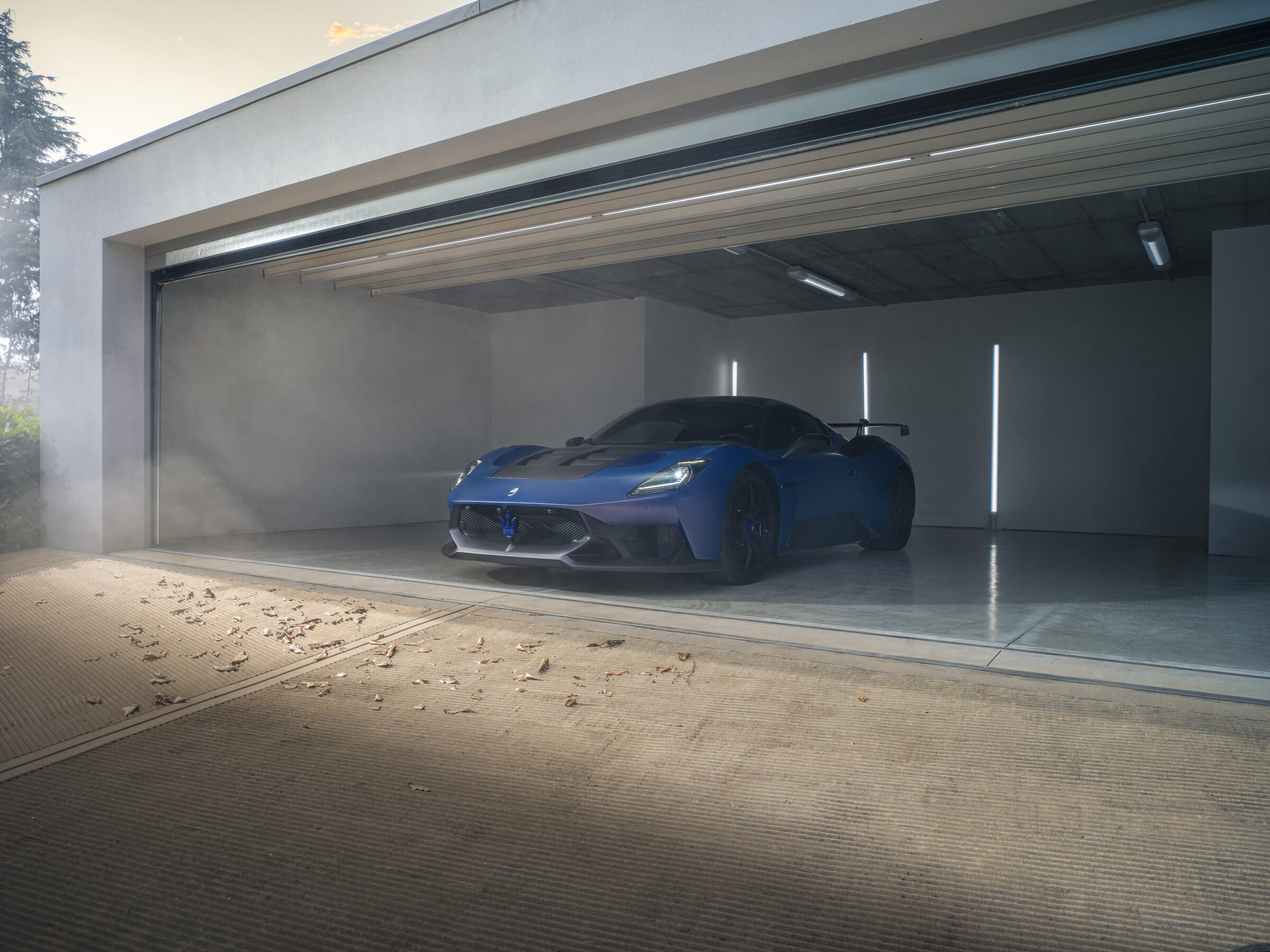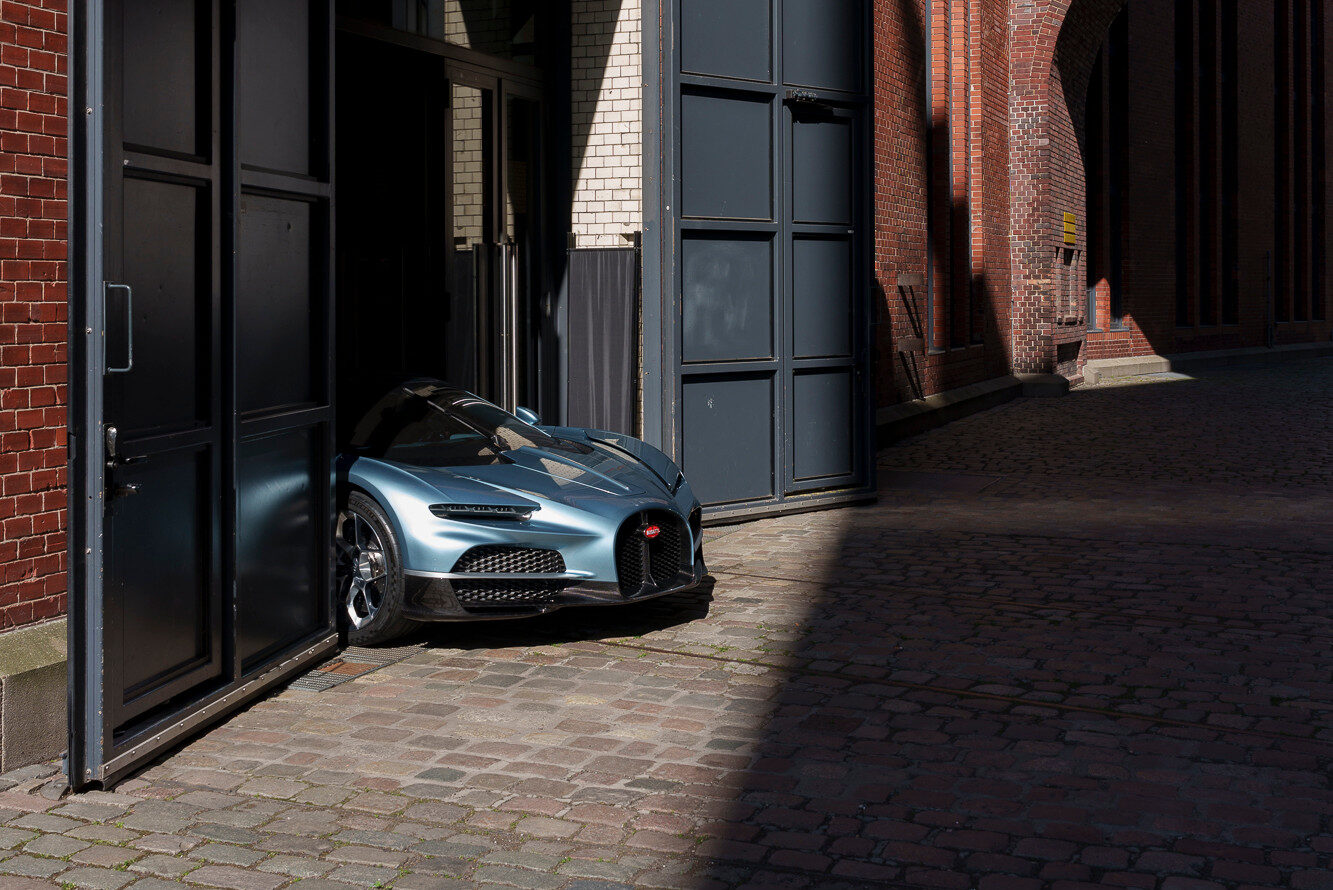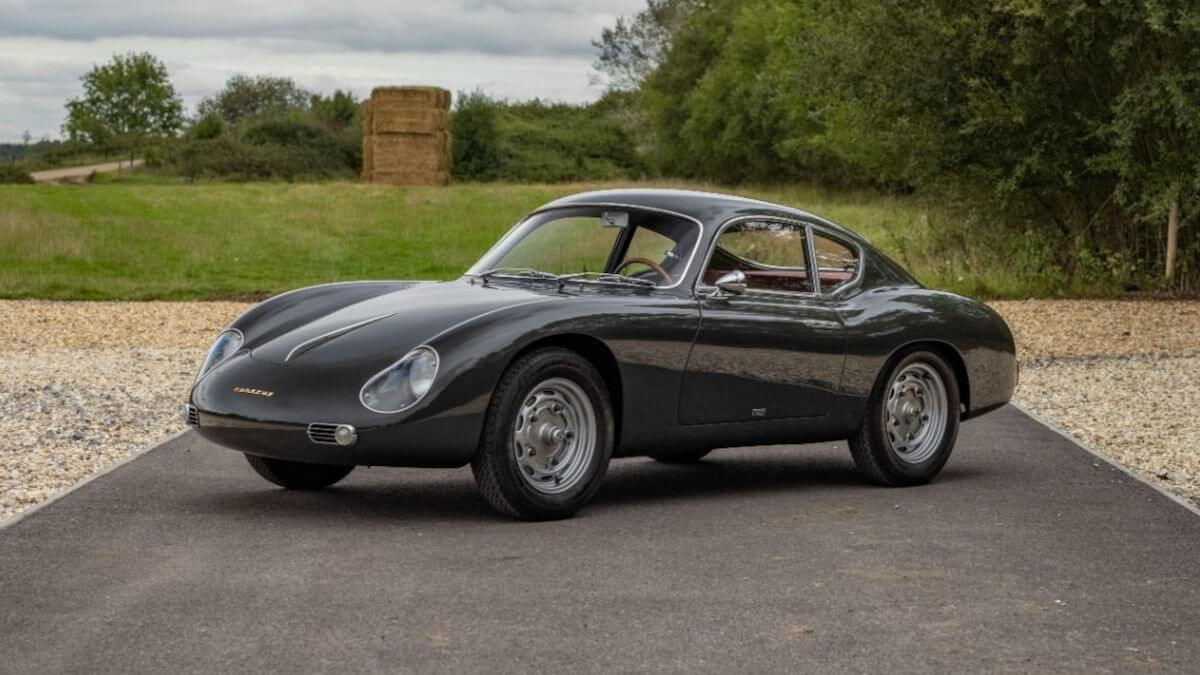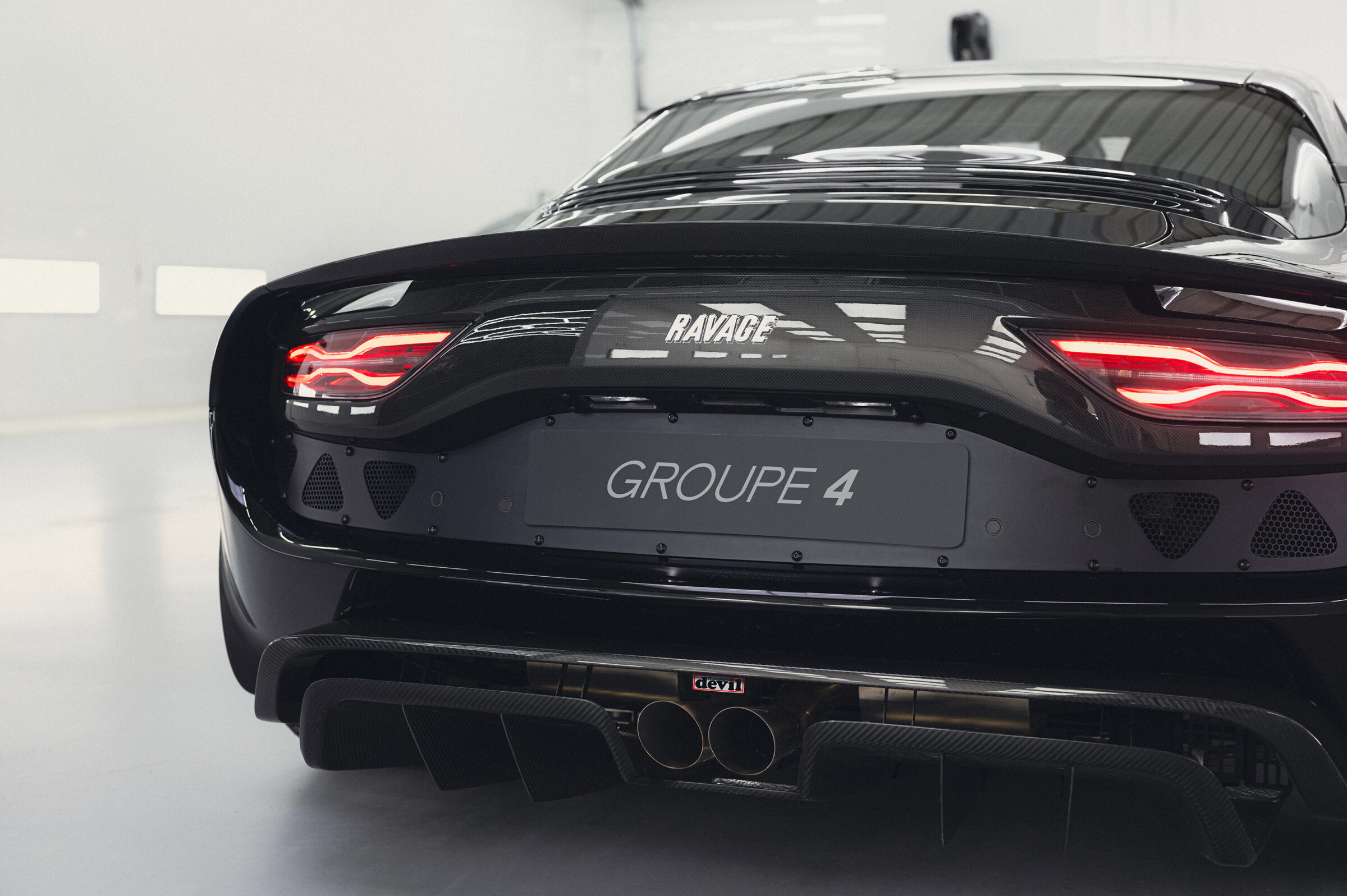Adrenaline dripped onto the asphalt – Maserati GT2 Stradale
A warm morning in Modena. The sun gives the carbon flanks of the new Maserati GT2 Stradale a metallic sparkle as we stand in the courtyard of the Maserati headquarters. In front of us: a road sports car with full racing car DNA, born from the GT2 series, tamed just enough to be allowed – and ready for an extensive test route through Emilia-Romagna.
Our route first takes us south out of Modena, past Maranello and on along the SP3 towards the foothills of the Appennines. It is clear from the first few kilometers: this is not a “tuned MC20”, this is a real offshoot of the race track. The 3.0-liter V6 biturbo engine with the designation “Nettuno”, which delivers a whopping 640 hp, is venomous at the throttle. The seven-speed sequential gearshift slams the gears in with vigor, supported by acoustics that seem unfiltered by anything – which they are not. There is no sound module at work here, but pure mechanics.
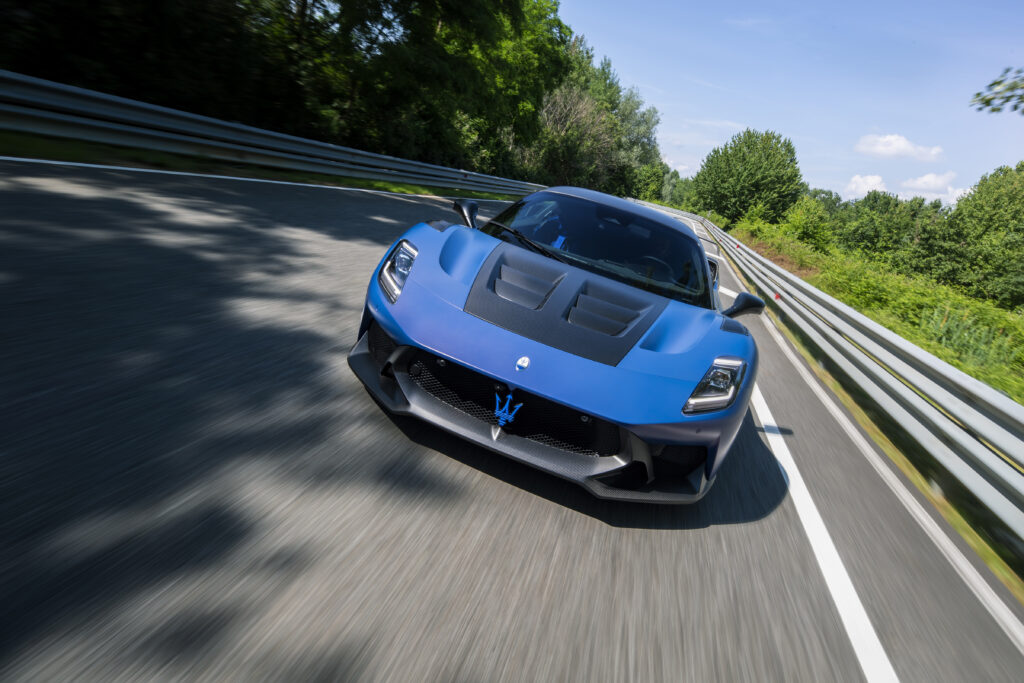
After Sassuolo, the ascent towards Passo delle Radici begins. The road becomes narrower, the bends tighter and the landscape more dramatic. This is where the suspension, derived directly from the GT2 racer, comes into its own. Every steering impulse is implemented with surgical precision. The carbon monocoque, the extremely direct steering and the high mechanical grip ensure a driving experience that is so immediate that you feel like you can feel the road with your fingertips.
We cross the pass at an altitude of around 1,500 meters and let the car roll down towards Castelnuovo di Garfagnana. The Garfagnana is a beautiful, partly untouched region in the Tuscan Apennines, characterized by dense forests, deep gorges and small medieval villages. It is not top speed that is tested here, but the stability of the brakes – and the GT2 Stradale does not disappoint here either. The tight serpentines and steep downhill stretches push the braking system to its limits. The ceramic brakes bite hard and constantly, even after several kilometers downhill, and convey a feeling of absolute control and safety at all times. At the same time, you can enjoy the breathtaking scenery offered by this remote mountain world – a perfect contrast to the pure adrenaline in the cockpit.
“There are cars where you drive – and those where you become part of the machine. The GT2 Stradale is the latter.”
After a brief espresso stop in Barga, the route takes us north-east via Borgo a Mozzano back towards Emilia. Here, on the flowing country roads of the Garfagnana and through the Serchio Valley, the GT2 Stradale reveals its different face. At 110 km/h in seventh gear, it rolls along with surprising refinement. The interior – dominated by Alcantara, exposed carbon fiber and a digital cockpit reduced to the bare essentials – remains tidy and functional. No unnecessary luxury, but no asceticism either. If you treat yourself to a GT2 Stradale, you get focus, not sacrifice.
After Lucca, we change to the highway towards Bologna and start the return journey. On the last section, back along the A1 to Modena Nord, we give the Maserati free rein. The high top speed of over 320 km/h is theoretically achievable – but the acceleration is even more impressive, we are told. The feeling of the car still sucking firmly on the asphalt at over 200 km/h is a direct result of the aerodynamic fine-tuning: the large, adjustable rear wing, the air deflectors at the front, the massive diffuser – they all work noticeably and effectively (we are told).
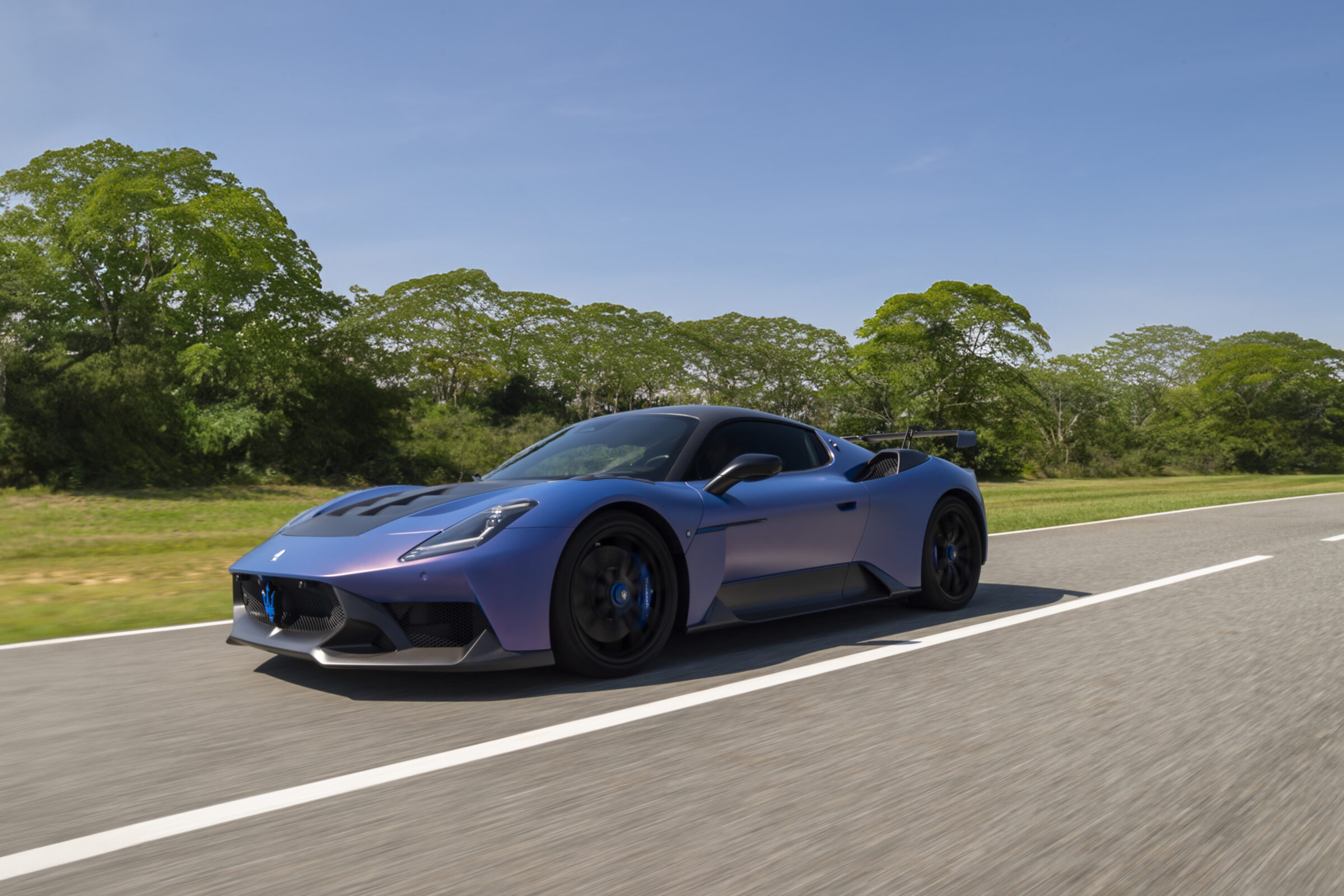
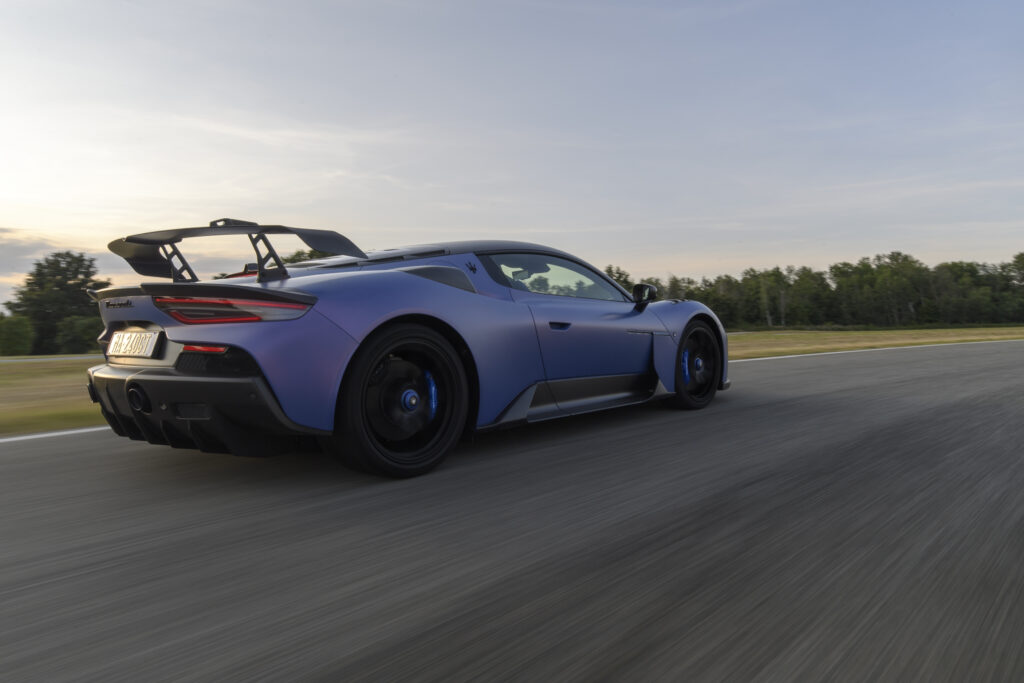
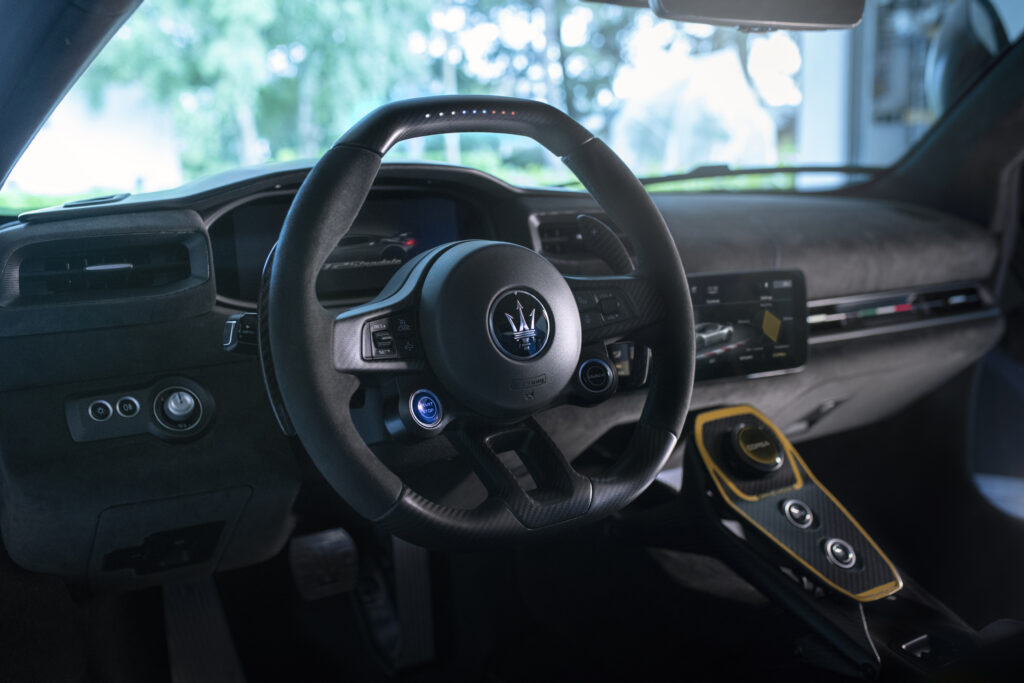
Back in Modena, with 248 kilometers on the clock, we get out – still full of adrenaline. The Maserati GT2 Stradale is not a gimmick, not a soft-spoken image sports car. It is a statement. A road-legal racing car that brings the passion of the Maserati brand to the asphalt with unprecedented radicalism. And on the roads around Modena, between vineyards, mountain passes and highway stages, it has proven that this vision not only works – but also inspires in the long term.
Maserati GT2 Stradale
Engine: 3.0L V6 Twin-Turbo “Nettuno”
Power: 640 hp (470 kW) @ 7,500 rpm
Weight: approx. 1,450 kg (dry weight)
Acceleration: 0–62 mph (0–100 km/h) in 2.8 seconds
Top Speed: 201 mph (324 km/h)

